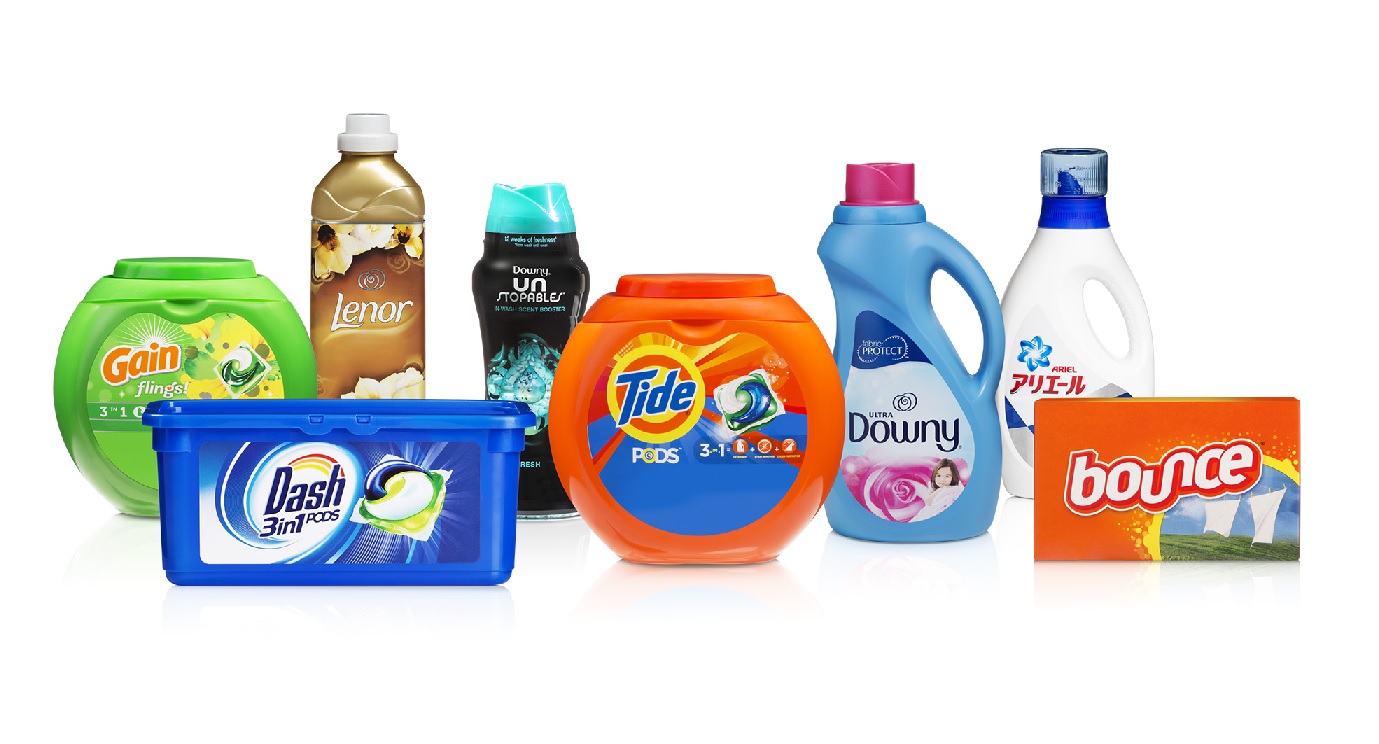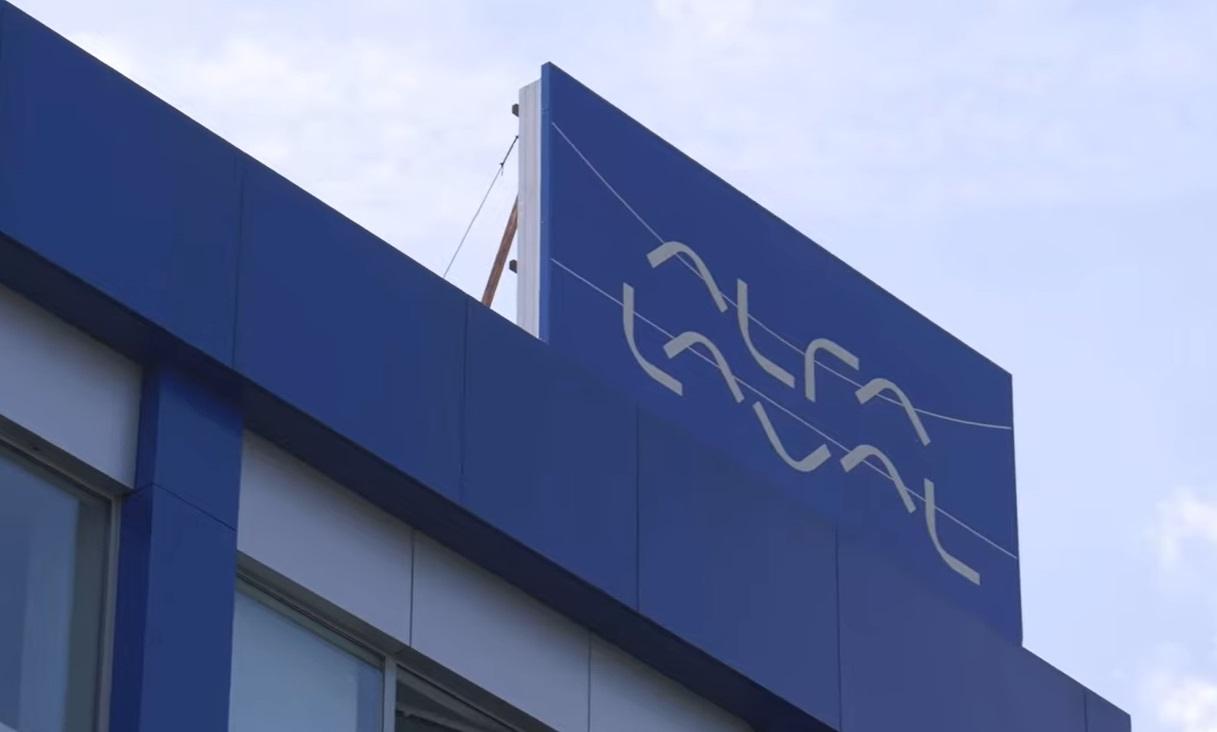P&G Accelerates Emission Reduction Goals
Consumer brands giant The Procter & Gamble Company announced today that it is launching a series of new environmental commitments, accelerating the goals the company had already set. Most notably, the company announced its intention to be carbon neutral for the current decade.
P&G’s existing target included a reduction of greenhouse gas emissions of 50% and purchasing 100% renewable electricity by 2030. Today, the company announced that it will advance a portfolio of “natural climate solutions,” delivering a carbon benefit that balances any remaining emissions over the next 10 years, allowing P&G operations to be carbon neutral for the decade. According to the company, this will require balancing approximately 30 million metric tons of carbon over the next ten years.
David Taylor, P&G Chairman, President and Chief Executive Officer said:
“Climate change is happening, and action is needed now. By reducing our carbon footprint and investing in natural climate solutions, we will be carbon neutral for the decade across our operations and help protect vulnerable ecosystems and communities around the world.”
While P&G is pursuing a number of renewable power initiatives, including wind, solar and geothermal projects, the company stated that using current technologies, there are some emissions that the company will not be able to eliminate by 2030, leading it to invest in natural climate solutions. P&G announced that it will partner with Conservation International and World Wildlife Fund (WWF) to identify and fund a range of projects designed to protect, improve and restore critical ecosystems like forests, wetlands, grasslands and peatlands.
According to P&G natural climate solutions will provide carbon emission benefits, and will also deliver meaningful environmental and socioeconomic co-benefits that serve to protect and enhance nature and improve the livelihoods of local communities.
In addition to reducing the carbon footprint of its operations, P&G will pursue the reduction of the full impact of its products, beginning with performing life cycle assessments to better understand the emissions from supply chain and consumer use. According to the company, up to 85% of P&G’s Scope 3 emissions are from consumer use of its products. The company highlighted some of the efforts it has been making to reduce its product footprint:
- More than 60% of a laundry detergent’s footprint is in the consumer use phase, mostly related to the energy used to heat the water. Ariel and Tide have been optimizing detergent formulas for high efficiency in low temperature washing and inspiring positive “Turn to 30” and “Cold Water Wash” laundry behaviors. The goal is to have 70% of machine loads be low-energy cycle loads, and major progress has been achieved by educating consumers in the U.S. over the last ten years on the benefits of low-energy wash cycles. P&G estimates that since 2015, the avoided emissions from consumers increasing their use of low-energy laundry cycles have been roughly 15 million metric tons of CO2, which is equivalent to taking three million cars off the road.
- Busting a popular myth, Cascade is showing consumers how the dishwasher is designed to be more water and energy efficient than washing in the sink. Cascade and Fairy Automatic Dish Washing Tablets allow consumers to skip pre-wash and save water and the energy needed to heat the water. Fairy and Dawn Dish Washing Liquid’s grease cutting power enables water and energy savings: by reducing the water temperature 20°C (36°F), consumers can save up to 50% CO2 of the total footprint every wash.
Virginie Helias, P&G’s Chief Sustainability Officer said:
“Our role as leaders is to make a lower emission economy and lifestyle possible, affordable and desirable for everyone. It is our responsibility to protect critical carbon reserves and invest in solutions that regenerate our planet. Consumers also want to do more to address climate change. As a company, we touch five billion people with our brands; we are striving to make a difference every day by encouraging responsible consumption with products that are effective and intuitive to enable adoption of new lower emission habits.”





